Valentine Green
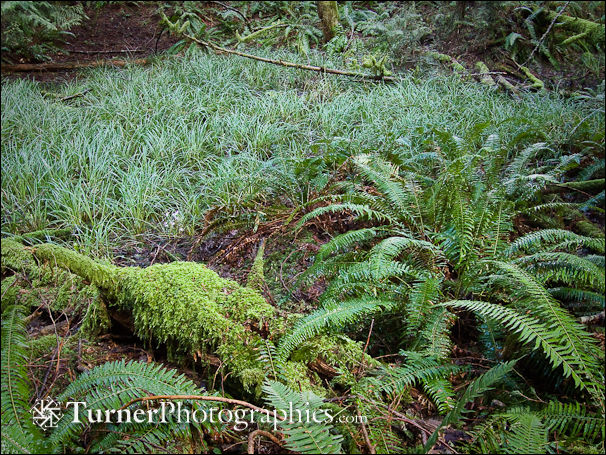
Natalie announced after lunch today that she wanted to go for a hike and suggested the Stimpson Family Nature Preserve near Lake Whatcom. We hadn’t been out there for a while and the 3-mile loop trail makes a nice walk on a wet day. The rain stopped and the sun came out so we had a pleasant early afternoon walk.
It’s still pretty early in the season, so not much fresh was coming up, but these evergreen sedges were thick in several of the pocket wetlands near the top of the ridge. If you’re a wetland specialist and know what they are, please leave a comment and let me know. I’m still pretty poor at identifying sedges.
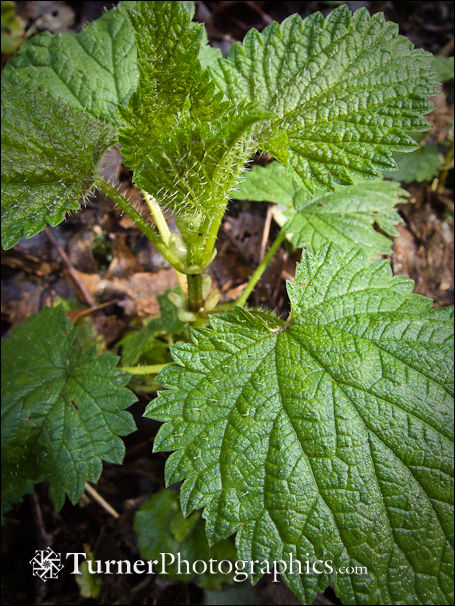 One plant that had started to grow is Stinging Nettle, Urtica dioica. When they get just a little bigger it will be time to harvest some (but not from the Stimpson Preserve) and cook them up for a tasty spring vegetable. Some folks say you can eat them raw if you curl the leaves just right to avoid the little spines that inject a chemical soup that gives the plant its name, but I’ve never been successful at it. For details on the chemicals in nettle sting see Be Nice to Nettles Week.
One plant that had started to grow is Stinging Nettle, Urtica dioica. When they get just a little bigger it will be time to harvest some (but not from the Stimpson Preserve) and cook them up for a tasty spring vegetable. Some folks say you can eat them raw if you curl the leaves just right to avoid the little spines that inject a chemical soup that gives the plant its name, but I’ve never been successful at it. For details on the chemicals in nettle sting see Be Nice to Nettles Week.
Nettle sting lasts for a remarkably long time. Hours later as I write this my thumb still tingles from very lightly brushing against a single leaf this afternoon. Spores from the abundant Sword Fern will often take the sting away, but for some reason I didn’t think of that this afternoon and just put up with the annoyance.
Out near the trailhead where there was more sun the Indian Plum was starting to open, but I only noted flower buds and no open blossoms. Perhaps at lower elevations the first blossoms are out, but I haven’t seen them yet this spring. Skunk Cabbage was starting to grow in the wetlands, too, but it will be close to a month before it’s in full bloom. Maybe a little earlier this year since January and February have been so warm.
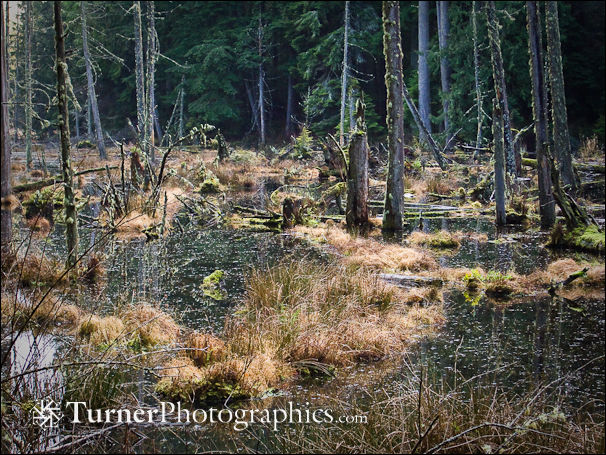
One of the first things you come across at the Stimpson Preserve is a large beaver pond, which is really a shallow marsh. There’s an overlook along the trail. This was the view today, with the sun backlighting the dry sedge foliage out in the water. Again, I don’t know the species.
I photographed today with my Canon S70 pocket camera. I braced it against a tree trunk and zoomed in for the brown sedges in the pond. For the nettle I used macro mode, wide angle, and came in close with the focus point set on the leaves at the top of the frame. The wet marsh at the top of the post was also a wide-angle shot, with the camera held as steady as I could for the 1/13 sec shutter speed in the dark woods. I would have liked to have a tripod for that one, but I almost never carry one with my little camera.



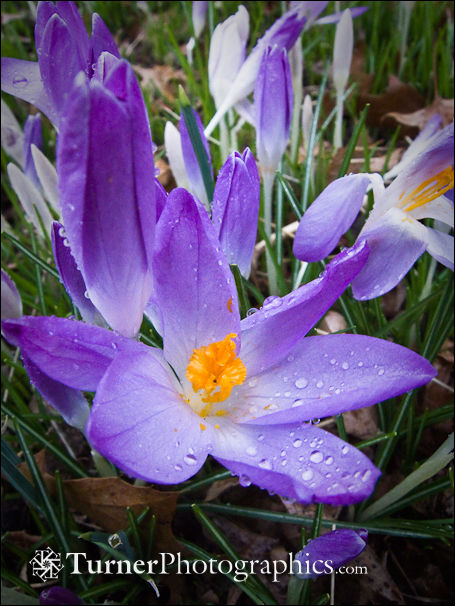 Our early crocus, which I think are Crocus dalmaticus, aren’t nearly as fragrant as the Daphne, but they make up for it in sheer volume. We’ve had these very early blooming Crocus for years, and they’ve spread almost everywhere in the garden. I’m always digging up their little bulbs whenever I cultivate or transplant something, so they get dispersed from the tip of my shovel blade. They set copious quantities of seed, too.
Our early crocus, which I think are Crocus dalmaticus, aren’t nearly as fragrant as the Daphne, but they make up for it in sheer volume. We’ve had these very early blooming Crocus for years, and they’ve spread almost everywhere in the garden. I’m always digging up their little bulbs whenever I cultivate or transplant something, so they get dispersed from the tip of my shovel blade. They set copious quantities of seed, too.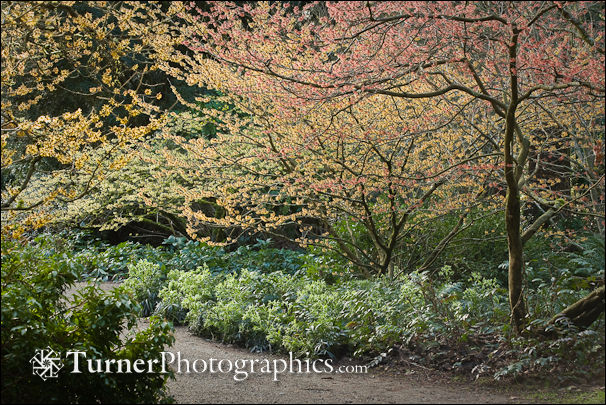
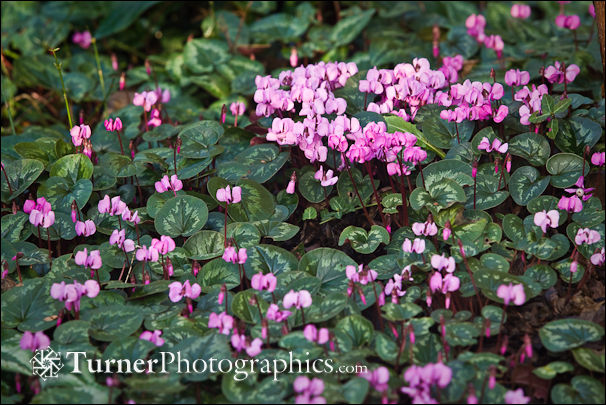
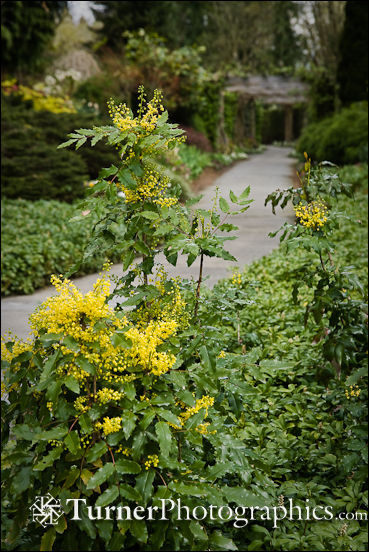 One of the first of our northwest native shrubs to bloom is Tall Oregon Grape, Mahonia aquifolium. It also goes by the name Shining Oregon Grape because its foliage is a bright glossy green.
One of the first of our northwest native shrubs to bloom is Tall Oregon Grape, Mahonia aquifolium. It also goes by the name Shining Oregon Grape because its foliage is a bright glossy green. 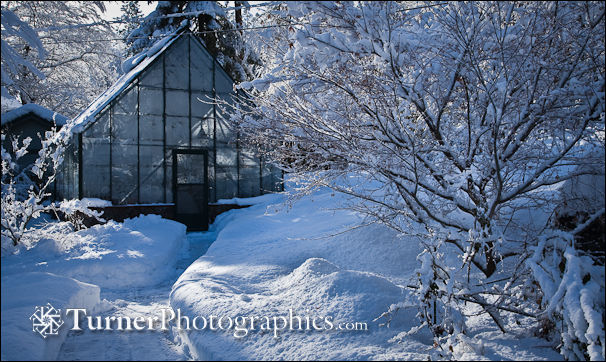
 Want to have fun in front of the camera and see your pictures out in front of people? We’re looking for current high school juniors to become Turner Photographics Senior Models for next year.
Want to have fun in front of the camera and see your pictures out in front of people? We’re looking for current high school juniors to become Turner Photographics Senior Models for next year.